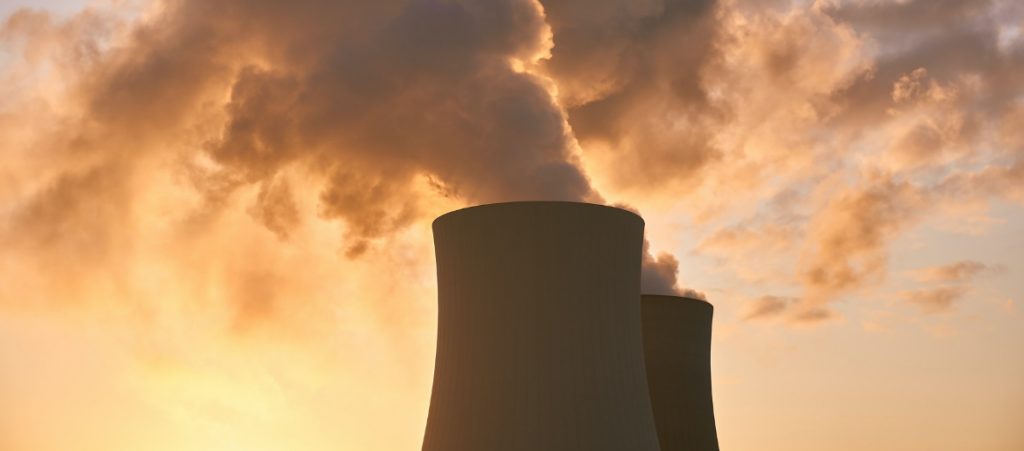
As pressure grows on Australia to adopt more ambitious climate change policy in the lead up to COP26 in November, Prime Minister Scott Morrison is doubling down on his “technology, not taxes” approach to lowering Australia’s greenhouse gas emissions. Of the various ‘green’ technologies, the government is going ham over one in particular: Carbon Capture and Storage (CCS). Earlier this year, Energy and Emissions Reduction Minister Angus Taylor announced over $400 million in funding for new carbon capture and storage projects all over Australia, on top of the $260 million pledged in the 2021 Federal Budget.
While supporters of CCS argue it could make important contributions to lowering global carbon emissions in the decades to come, the facts don’t appear to stack up against other emissions reductions pathways.
So how does carbon capture and storage work and could it actually help us get to net-zero by 2050? Let’s take a closer look.
What is Carbon Capture and Storage?
Carbon Capture and Storage is the process of taking carbon dioxide emitted during an industrial activity (like burning coal) and storing it underground. The purpose is to capture the carbon dioxide before it is released into the atmosphere, and therefore lower the CO2 emissions of polluting industries like oil, gas, and coal.
In principle, carbon capture seems simple enough: companies can continue to burn fossil fuels whilst minimising the CO2 contributions of these activities. But the reality of CCS is much more complicated.
In order to actually capture and store carbon dioxide molecules, CCS plants need to compress CO2 into a liquid-gas mix which can then be transported deep underground. The whole process uses a bucket load of energy, and the physical infrastructure needed to safely pump CO2 back into the earth is immense.
Part of the reason CCS is so complicated is because there is no one-size-fits-all approach to safely store CO2 in the ground. The geological conditions (the makeup of the earth and rocks) of different CCS plants vary – the exact infrastructure needed to capture, pump, and store carbon dioxide in WA, for example, can’t necessarily be replicated in Norway. It makes exponentially more complex, and very, very expensive.
Can CCS help us get to net-zero by 2050?
Not as the technology currently stands. There have been very limited cases of successful CCS projects worldwide, and the technology is largely considered a false promise amongst analysts, researchers, and climate activists. In July it was revealed Australia’s largest CCS development – the Chevron Gorgon Gas project off Western Australia – failed to meet its own target of capturing and storing 80% of its carbon emissions over five year. Researchers from the Climate Council called it an “expensive failure” .
There is simply not enough evidence to suggest carbon capture can and should play a central role in Australia’s emissions reduction strategy.
The technology can also pose serious risks to local communities. Last year, a pipeline transporting CO2 exploded, engulfing a small Mississippi town in a toxic green fog and gassing hundreds of people. The disaster offered a glimpse into the potential dangers of scaling up this relatively new technology.
Do we need CCS to help us get to net-zero?
The good news in all of this is that we don’t actually need CCS to lower Australia’s greenhouse gas emissions, or solve the climate crisis. We have all of the solutions already: unlike CCS attached to fossil fuel developments, renewable energy from wind and solar can work reliably, safely, at scale, and is cost effective.
The Takeaway: CCS is expensive, unreliable and pretty much unproven to work in the way we’d need it to in order to radically reduce our carbon emissions. We’ll get to net-zero emissions much faster and cheaper by transitioning to truly renewable sources of energy.




